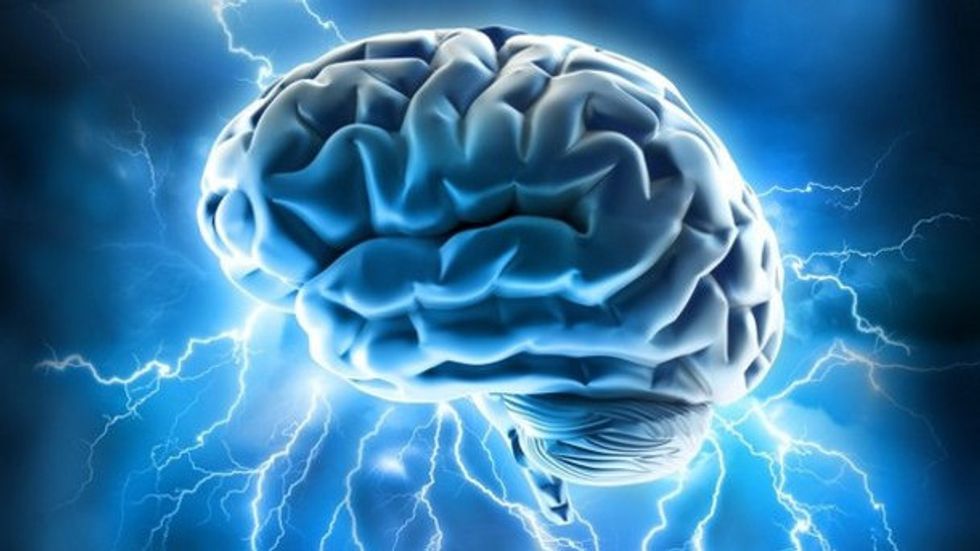Imagine waking up one day, finding yourself in the body of a 32-year-old when you are still only 15. You have no idea who you are, how you got there, who the people surrounding you are. You can't even recognize yourself in the mirror. You look so much older than you were when you went to sleep.
How did you get so old in one night?
That is what happened to Naomi Jacobs. She woke up one day, having forgotten 17 years of her life. She could not recognize her own 10-year-old son because she never remembered having him. This phenomenon is called the transient global amnesia.
TGA is a form of retrograde amnesia and it was first reported by Morris Bender in 1956.
It most commonly affects people between the ages of 56 and 75. It affects about five in 100,000 people in Britain and this increases to 23 for people over 50.
The characteristics include bewilderment and sudden short-term memory loss. It is usually brought on because of emotional or physical stress. Normally, hours, days or weeks of exhaustion from worrying or life lead to a TGA attack. In the case of Naomi Jacobs, she was dealing with a lot of emotional stress.
Her diaries helped her realize the problems she was coping with that led to the TGA. She had previously been diagnosed with psychotic and bipolar episodes and she was using marijuana and cocaine to help her deal with her life. She'd been in an abusive relationship and did not have many good friends. She had even been sexually and physically abused. She was juggling being a single mother, owner of a holistic therapy business and a student getting a degree in psychology.
TGA episodes tend to occur spontaneously and last for several hours.
There is a very small chance of prolonged or permanent memory loss.
In the case of Naomi Jacobs, the TGA lasted for eight weeks, but getting to the bottom of it took her almost two years. Her diary helped her to jog her memory and she also looked at the news and everything to catch up with what had happened in the world. The memories started coming back slowly through flashbacks. She had her first flashback after three days.
One thing about people suffering from TGA is that they ask repetitive and relevant questions using the same innovation and expression.
They also tend to retain their semantic memory. For example, they would remember how to drive though they may not remember the experience of learning how to drive. Naomi Jason had the same thing. She could remember phone numbers (which helped her get help), how to drive a car, how to use cash.
Her emotional memory, though, was completely gone. She didn't even remember giving birth to her son.
They are also not able to form new memories during the time of the TGA. The person is aware of their memory loss, which causes an increase in anxiety and stress.
This is what happened with Naomi Jacob. She woke up in a strange world where so much technology that she did not remember being created, existed. She could not remember her own son. She believed that sleeping would help bring her memory back and it would be fine in a few days, so she avoided going to the doctor.
There is still no cure for TGA.
The memory just comes back eventually from the support of family and loved ones. Naomi Jacobs had the support of her friends and sister who helped her remember what had happened by telling her stories. Her friend, Katie, was the first person she contacted, as that was the phone number she could think of.
She helped her get in touch with her sister, who explained what adult Naomi's life was like.
Naomi Jacobs had been living a tough life before the incident, but slowly she regained her memory.
It ended up being a good thing. She is recovering from the trauma in her life and dealing with it in healthier ways. She said, "I'm not afraid anymore, and when people ask if I could give back the whole thing and [live] like the amnesia never happened, no way. I wouldn't change it for the world."



















